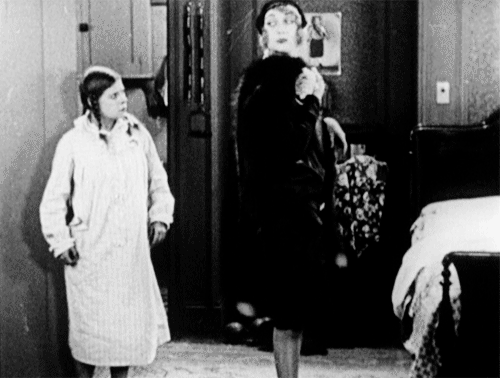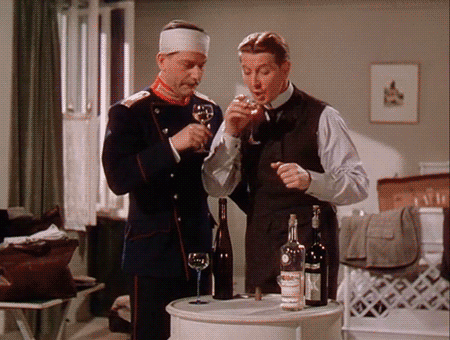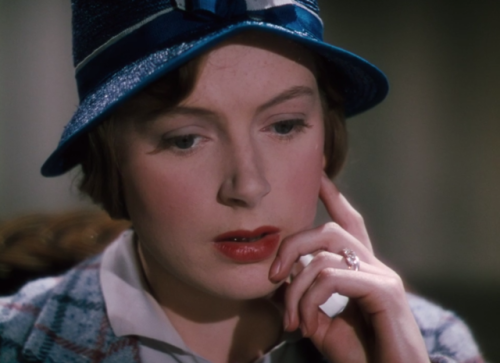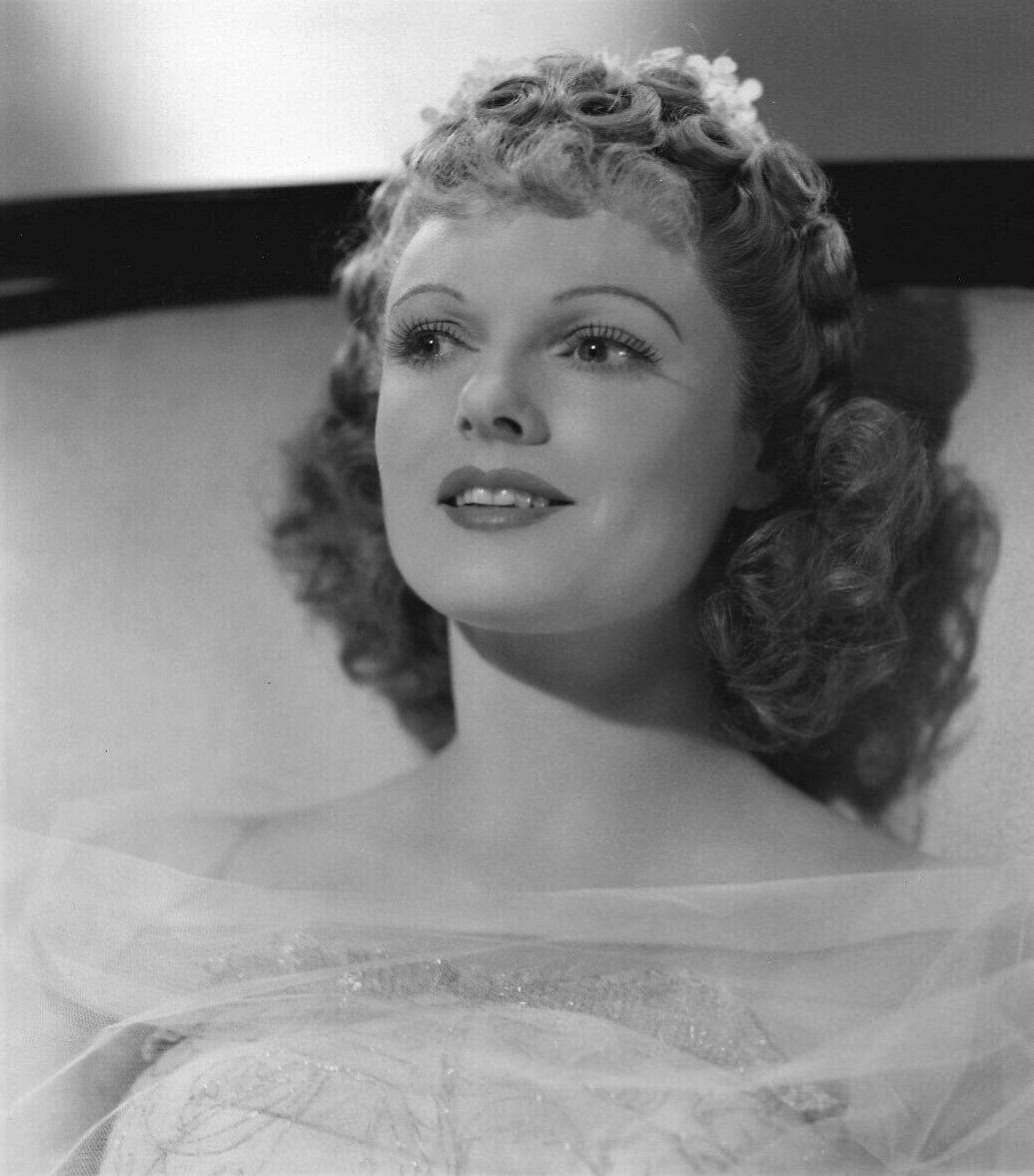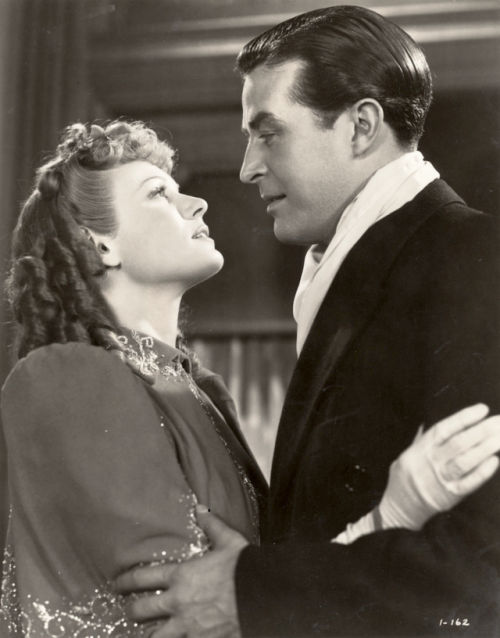Não há nada mais raro em Hollywood do
que um sucesso da noite para o dia. Ou melhor: todo mundo que faz sucesso da
noite para o dia já estava trabalhando muito, há anos, em pequenos papéis antes
da grande chance. Isso aconteceu com Carole Lombard que, antes de se tornar a
charmosa comediante que nós amamos, trabalhou sem descanso como uma das Bathing
Beauties de Mack Sennett.
There is nothing rarer in Hollywood than an overnight sensation. Or
let’s put it this way: all overnight sensations had already been working a lot,
for years, in small roles before they got their big break. This happened to
Carole Lombard who, before becoming the charming comedienne we all love, worked
steadily as one of Mack Sennett’s Bathing Beauties.
Mack Sennett deu o nome de Bathing
Girls (ou Bathing Beauties) para seu grupo de jovens estrelas, que existiu
entre 1915 e 1928, com novas garotas bonitas todos os anos. Muitas dessas
garotas tiveram successo longe de Sennett – como Marie Prevost e a própria
Carole – e o grupo inspirou imitações de outros estúdios, como as Sunshine
Girls da Fox.
Mack Sennett named his group of starlets Bathing Girls (or Bathing
Beauties) and this group existed from 1915 until 1928, with new pretty girls
every year. Many Bathing Beauties went on to have big careers far from Sennett
– like Marie Prevost and Carole herself – and the group inspired imitations
from other studios, like the Sunshine Girls from Fox.
As garotas Bathing Beauties não
precisavam ser boas atrizes – elas apenas precisavam ser bonitas. A
participação delas nos filmes não tinha necessariamente de ajudar a trama, e
era preferível que muitas garotas aparecessem de uma vez só – por isso Sennett
fez alguns curtas sobre universidades só para mulheres. As Bathing Beauties
eram um grupo de garotas travessas e atléticas – elas podem até ser chamadas de
pin-ups da Primeira Guerra Mundial.
The Bathing Beauties didn’t have to be good actresses – they just had to
be good-looking. Their participation in the films not necessarily had to do
with advancing the plot, and it was preferred that many beauties could be shown
at once – that’s why Sennett made a few shorts about girls’ colleges. The
Bathing Beauties were a group of naughty and athletic girls – they could even
be called the pin-ups of World War I.
Jane Alice Peters tinha 12 anos
quando foi descoberta pelo diretor Allan Dwan e fez o filme “A Perfect Crime”,
de 1921 – curiosamente, este filme foi produzido por Mack Sennett. Sennett só
voltaria a encontrar a garota em 1927 – e nesse meio tempo ela havia sido
figurante em alguns filmes, incluindo “Ben-Hur” (1925), sofrido um acidente de
carro, aguentado a cirurgia de reconstrução facial sem anestesia (porque se
acreditava que a anestesia piorava a cicatriz) e mudado seu nome para Carol
Lombard, ainda sem o E.
Jane Alice Peters was 12 when she was discovered by director Allan Dwan
and appeared in the film “A Perfect Crime”, from 1921 – curiously, this film was
produced by Mack Sennett. Sennett would only meet the girl again in 1927 – and
by then she had appeared as an extra in a few films, including “Ben-Hur”
(1925), suffered a car accident, undergone a facial reconstruction surgery
without anesthetics (because it was believed that anesthetics caused worse
scars) and changed her name to Carol Lombard, without an E.
Carole Lombard apareceu em 18
curtas-metragens de Mack Sennett entre 1927 e 1929. O primeiro deles foi
“Smith's Pony”, no qual Carole interpreta Lillian Saunders, uma professora de
equitação e jóquei. O filme é parte da série sobre a família Smith, e nele a
família está de férias em San Francisco. O pai, Jimmy (Raymond McKee), decide
comprar um pônei de Lillian e dar de presente para sua filha Bubbles (Mary Ann
Jackson). Entretanto, a esposa Mabel (Ruth Hiatt) acredita que ele está
flertando com Lillian, não comprando um cavalinho. Carole tem o cabelo mais
escuro aqui, e as partes mais engraçadas envolvem a atriz mirim Mary Ann
Jackson.
Carole Lombard appeared in 18 of Mack Sennett’s short comedies between
1927 and 1929. The first of them is “Smith’s Pony”, in which Carole plays
Lillian Saunders, a riding teacher and jockey. This film is part of the Smith
family series, and in this entry they’re vacationing in San Francisco. The
father, Jimmy (Raymond McKee), decides to buy a pony from Lillian and give it
as a surprise gift to his little daughter Bubbles (Mary Ann Jackson). However,
his wife Mabel (Ruth Hiatt) believes he’s flirting with Lillian, not buying a
small horse. Carole has darker hair here, and the funniest bits involve child
actress Mary Ann Jackson.
Podemos pensar que, como ela teve um
papel importante no primeiro curta-metragem que fez com Sennett, Carole teria
destaque em todos os outros curtas. Isso não aconteceu: em alguns deles ela é
apenas mais uma garota na multidão, ou convidada de um casamento, ou vendedora.
Mas
ela conseguiu brilhar em alguns destes curtas.
We may think that, because she played an important part in her first
Sennett short, Carole would be featured proeminently in all the other shorts.
This didn't happen: in some of them she's only another girl in the crowd, or a
guest in a wedding, or a salesgirl. But she managed to shine in a few of these
shorts.
Em “The Campus Carmen” (1928), o nome
de Carole é o terceiro nos créditos. A estrela é Daphne Pollard interpretando
Tille Toober, uma garota que quer o papel principal na peça “Carmen”, que a
universidade vai montar. E por papel principal eu quero dizer o papel de
toureiro – porque todos os papéis precisam ser interpretados por mulheres, até
mesmo o papel do touro. Carole interpreta uma garota que participa de guerras
de travesseiro no dormitório da universidade e que toma conta da vaca nos
bastidores. Embora Carole apareça pouco, o curta-metragem é bem divertido.
In “The Campus Carmen” (1928), Carole is third
billed. The star is Daphne Pollard playing Tillie Toober, a girl who wants the
lead role in the play “Carmen” that will be put up by the girls' College. And
by the lead I mean the bullfighter – because all roles must be played by
females, even the role of the bull. Carole plays a girl who has pillow fights
in the college dormitory and takes care of the cow backstage. Although the
short has little of Carole in it, it’s very enjoyable.
Também em 1928, Carole Lombard viu
seu nome em primeiro lugar nos créditos de “Run, Girl, Run”, um curta também
ambientado em uma universidade só de garotas. Aqui ela é Norma Nurmi, a estrela
do time de atletismo, e Daphne Pollard é Minnie, a treinadora. Norma está mais
interessada em namorar do que em treinar para competições. Por isso, para
mantê-la em forma, Minnie inclusive coloca Norma para dormir com ela na noite
anterior à competição, para que ela possa ficar de olho. Daphne é usada em mais
gags do que Carole. E há um bode sem razão alguma. Havia sequências em
Technicolor neste filme, mas elas se perderam.
Also in 1928, Carole Lombard was first billed in
“Run, Girl, Run”, a short also set in a girls’ college. Here she is Norma
Nurmi, the star athlete of the track and filled team, and Daphne Pollard is
Minnie, the coach. Norma is more interested in going on dates than in training
for competitions. So, in order to keep her star in shape, Minnie even puts
Norma to sleep with her on her bed the night before a competition, so she can
keep one eye on Norma. Daphne is used for more gags than Carole. Also, there is
a goat apropos of nothing. There were Technicolor sequences in this film, but
they’re now lost.
Outro curta sobre a universidade é
“The Campus Vamp”, também de 1928. Nele, Sally (Sally Eilers) perde seu namorado
Matty (Matty Kemp) para a vamp do campus, Carole (Carole Lombard). Os
empregados da universidade Dora (Daphne Pollard) e Barney (Johnny Burke)
tentarão ajudar Sally a reconquistar seu amado. Na praia há uma sequência em
Technicolor... e com slow-motion! Nós também vemos Carole dançando o charleston
– o que é provavelmente o mais perto que chegaremos de vê-la como uma flapper.
Another college-themed short is “The Campus Vamp”,
also from 1928. In it, Sally (Sally Eilers) loses her sweetheart Matty (Matty
Kemp) to the campus vamp, Carole (Carole Lombard). College employees Dora
(Daphne Pollard) and Barney (Johnny Burke) will try to help Sally to get her
beau back. At the beach there is a two-strip Technicolor sequence... and with
slow-motion! We also get to see Carole dancing the charleston – which is
probably the closest we'll get from seeing her as a flapper.
Em “Matchmaking Mamma”, de 1929,
Daphne e Carole interpretam mãe e filha: elas são a Sra. McNitt e Phyllis. A
Sra. McNitt quer que Phyllis se case com Larry Lodge (Matty Kemp), que está
ensaiando uma peça com ela. Entretanto, Larry conhece a enteada da Sra. McNitt,
Sally (Sally Eilers) e se apaixona. Há uma sequência supimpa em Technicolor no
ensaio geral, e embora não haja close-ups de Carole podemos apreciar sua beleza
de longe. Os focos do filme são as trapalhadas de Daphne e o casal principal.
In “Matchmaking Mamma”, from 1929, Daphne and
Carole play mother and daughter: they’re Mrs. McNitt and Phyllis. Mrs. McNitt
wants Phyllis to marry Larry Lodge (Matty Kemp), who is rehearsing a play with
her. However, Larry meets Mrs. McNitt’s stepdaughter Sally (Sally Eilers) and
falls in love with her. There is a cool sequence in Technicolor showing the
dress rehearsal, and although there are no close-ups of Carole we can
appreciate her beauty from afar. The focuses of the film are Daphne’s antics
and the main couple.
Carole pode não ter sido a estrela
dos curtas de Sennett, mas este não era o objetivo das Bathing Beauties – elas
só funcionavam como um grupo. Mesmo assim, Carole adquiriu experiência com
comédia quando trabalhava nestes curtas – mesmo sendo um tipo diferente de
comédia – e neles ela conheceu sua grande amiga e secretária Madalynne Field –
que interpretava a “garota gorda” nos filmes. Bem, todos nós temos de começar
em algum lugar – e de preferência aprender algo com nossas primeiras
experiências.
Carole may not have been the star of Sennett’s
shorts, but this wasn't the goal of the Bathing Beauties – they only worked as
a group. Nevertheless, Carole acquired experience in comedy while working in
those shorts – although a different kind of comedy – and in them she got to
know her lifelong friend and secretary
Madalynne Field – who played the “fat girl” in the shorts. Well, we all have to
start somewhere – and preferrably learn something from our first experiences.
* Many of the images come from the website Carole & Co.
This is my contribution to the Carole Lombard Memorial blogathon, hosted
by Crystal at In the Good Old Days of Classic Hollywood and Vincent at Carole & Co.







